Navigating the landscape of eligibility criteria for the self-employed health insurance (SEHI) deduction requires careful consideration of various factors, including the nature of the entity and how the insurance policy was procured. These elements shape the determination of a taxpayer’s eligibility and the methodology employed for computing the deduction.
Below, you’ll find a few of the top questions from a recent webinar on the topic and their accompanying answers. If you choose to attend the on-demand version of this webinar, you can access the full recording and the entire list of Q&As.
Q: Can insurance be under the spouse’s name if it is a family plan?
A: To claim the deduction, the IRS says the health insurance plan must be established under the taxpayer’s own business and be in the name of the taxpayer or business. Applying those criteria, a policy in the spouse’s name would not qualify.
Q: Is the deduction available for the self-employed individual’s spouse?
A: Yes. It is available for the self-employed individual, their spouse, dependents, and non-dependent children aged 26 or younger at the end of the year.
Q: Is the deduction covered by §162?
A: The deduction for the SEHI is governed under §162(l) specifically.
Q: If a taxpayer has an employer-subsidized plan but also has their own plan (Medicare), does the Medicare portion qualify?
A: They can’t be eligible for another plan.
To learn more about understanding Form 7206 and the self-employed health insurance deduction, you can watch our on-demand webinar. NATP members can attend for free, depending on membership level! If you’re not an NATP member and want to learn more, join our completely free 30-day trial at natptax.com/explore.
Information included in this article is accurate as of the publish date. This post is not reflective of tax law changes or IRS guidance that may have occurred after the date of publishing.
